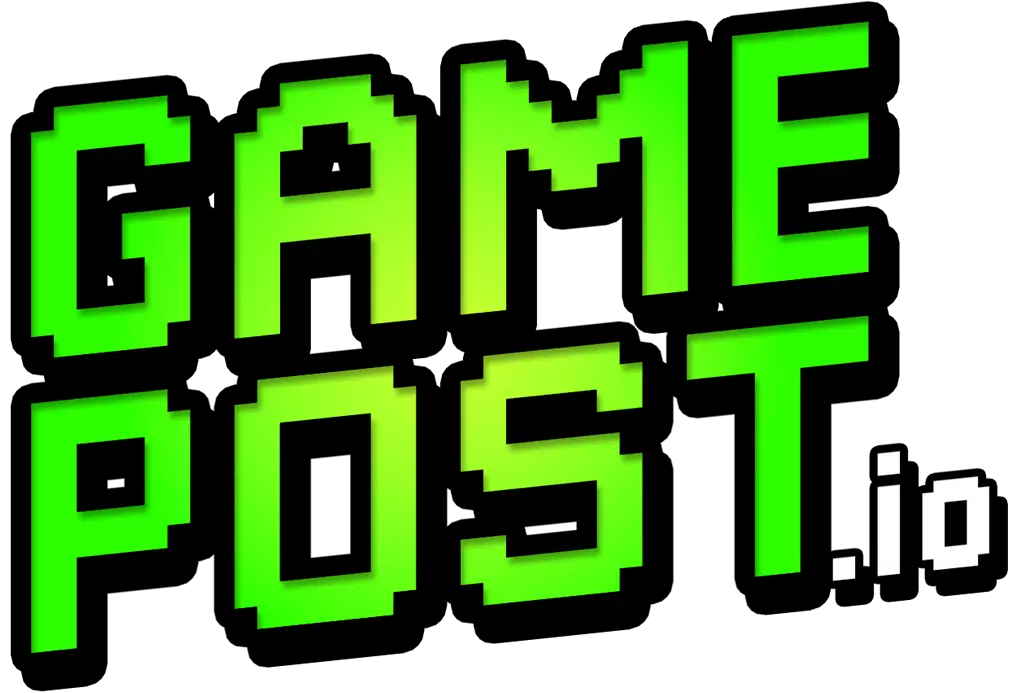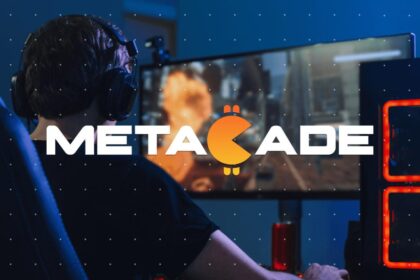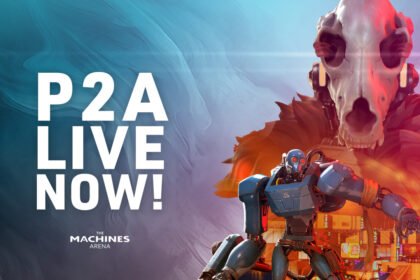Web3 gaming has been a hot topic in the blockchain space, often celebrated for its innovative use of decentralized technology and criticized for lacking depth and polish compared to traditional games. The lingering perception is that many Web3 games focus more on extracting value from users rather than delivering a quality gaming experience. But is this still true, or are these projects evolving into something more?
The Evolution of Web3 Gaming
Early Web3 games undeniably struggled with quality. Many projects prioritized monetization over gameplay, with mechanics that seemed designed to maximize user spending or engagement metrics rather than provide an enjoyable experience. Tokenomics and NFTs became the central focus, often overshadowing storytelling, design, and player experience. The result? Games that felt more like financial tools than entertainment.
However, the landscape is shifting. Newer Web3 gaming projects are learning from these early missteps and striving to deliver more polished and immersive experiences. Developers now recognize that sustainability depends on offering compelling gameplay alongside tokenized incentives. The integration of blockchain technology in gaming has matured, and projects are increasingly focused on crafting games that appeal to gamers first and blockchain enthusiasts second.
Where the Challenges Lie
Despite the progress, challenges remain. Many Web3 gaming projects still rely heavily on stretching user engagement through repetitive tasks or grinding mechanics, often tied to earning in-game tokens. While these elements can attract users initially, they risk alienating players who are seeking genuine entertainment rather than a part-time job.
Moreover, there’s the issue of accessibility. Web3 gaming often requires users to navigate complex wallets, transactions, and token management—a significant barrier for casual players. Simplifying these processes is essential for broader adoption and for Web3 games to compete with their traditional counterparts. The role of NFTs in improving accessibility offers some solutions but is still far from mainstream implementation.
The Signs of Change
Despite these obstacles, there are clear signs of change. Some Web3 games are beginning to emphasize narrative-driven gameplay, innovative mechanics, and rich world-building. Titles like “Illuvium” and “Gods Unchained” demonstrate that blockchain gaming can offer depth and complexity. These projects show that it is possible to combine rewarding tokenomics with engaging gameplay, setting new standards for what Web3 games can achieve.
Community feedback has also played a significant role in driving this evolution. Players now demand more from Web3 projects, pushing developers to focus on creating games that can stand on their own merits. The rise of hybrid models, where Web3 elements enhance rather than dominate gameplay, reflects a growing understanding that player enjoyment must come first.
For a deeper dive into how the industry is improving, check out this guide to Web3 gaming advancements.
A Glimpse into the Future
The future of Web3 gaming is promising but uncertain. As developers focus on improving quality, the gap between traditional and blockchain games is narrowing. Key to this transformation will be balancing monetization with genuine fun, making blockchain elements seamless and secondary to gameplay. If these goals are achieved, Web3 gaming could redefine the industry, offering unique experiences that traditional games can’t replicate.
However, skepticism remains, and the onus is on developers to prove that Web3 games are more than just tools for extracting value. By prioritizing quality and listening to player feedback, the industry can shift perceptions and attract a wider audience.
Web3 gaming is evolving, and while the industry still faces challenges, there’s reason for optimism. Poor-quality games that rely on stretching users are increasingly being replaced by projects that understand the importance of immersive gameplay and user satisfaction. As the technology matures, so too will the games, potentially ushering in a new era where blockchain-powered gaming is synonymous with innovation and enjoyment.









